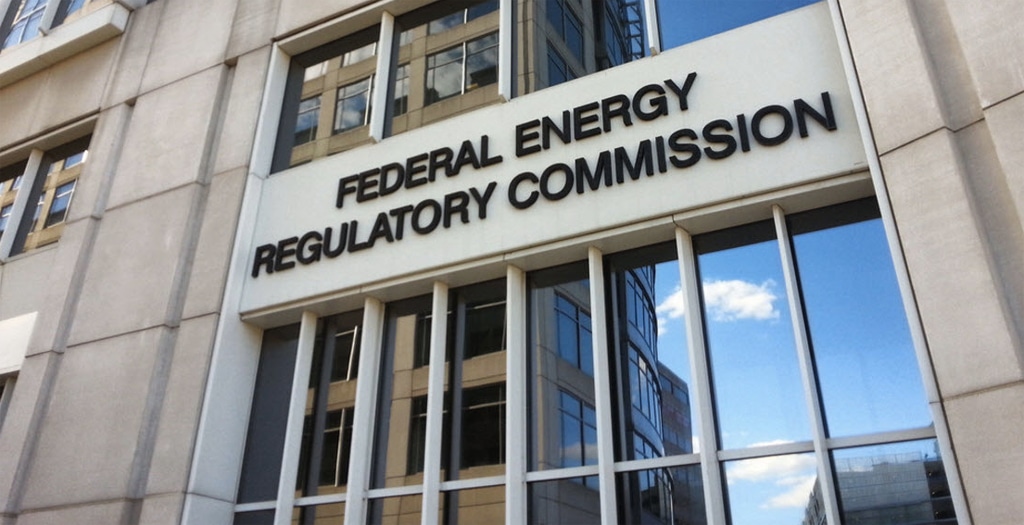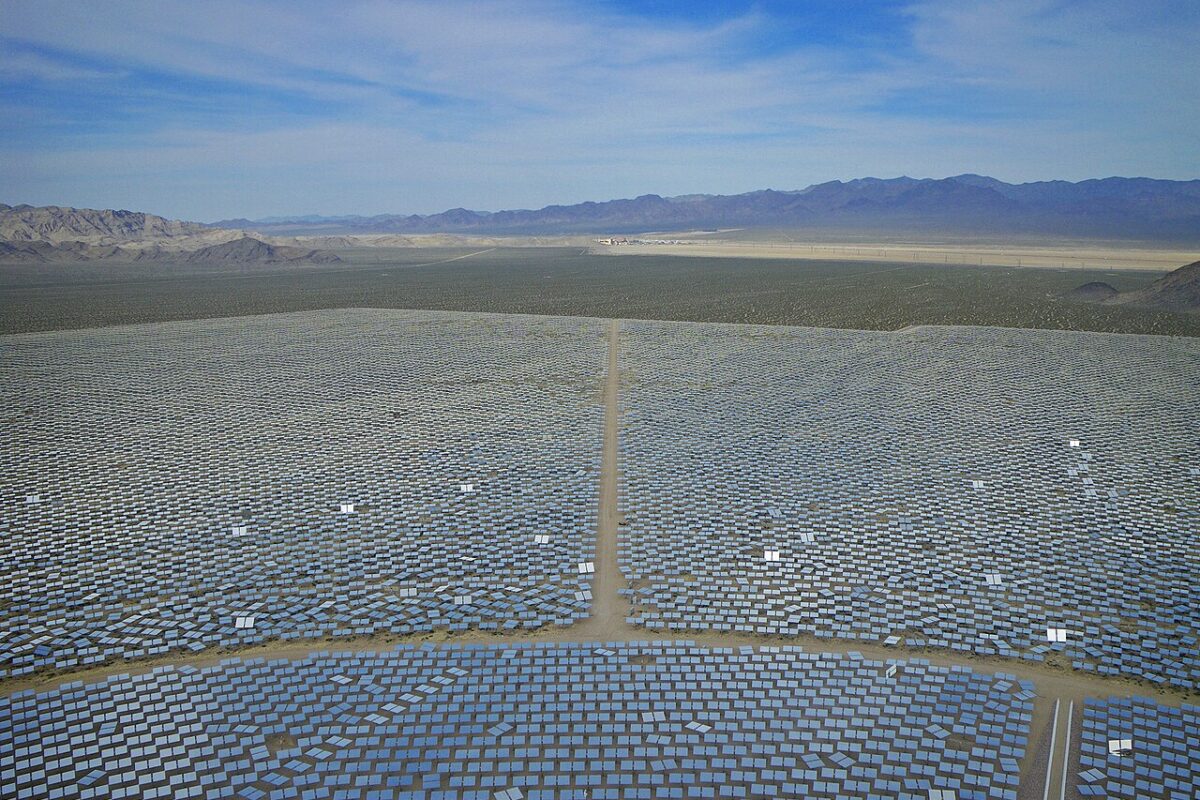As large-scale solar and wind begin to become truly disruptive technologies, the field of policy action has shifted. It is no longer only state-level policies such as renewable portfolio standards that are important, but the decisions of grid operators as they relate to market structures like capacity payments, and the rulings of the Federal Energy Regulatory Commission (FERC).
This is particularly true under the Trump Administration, which has attempted to ram a coal and nuclear bailout through FERC, and which has appointed pro-fossil ideologues as commissioners.
But solar and wind companies are not taking this lying down, and are taking steps to ensure that they are well represented at FERC and in grid operator proceedings. Last April saw the formation of the Solar RTO Coalition, which brought together Juwi Americas, Coronal Energy and other solar developers along with law firm Nelson Mullins Riley and Scarborough.
That effort appears to have evolved, with the American Wind Energy Association (AWEA) earlier this month announcing the formation of the RTO Advisory Council, along with Nelson Mullins, Juwi and Coronal. And some big names in solar have joined the effort, including First Solar, Cypress Creek and Southern Current. In AWEA’s words:
The combined effort, which currently represents over 70 percent of utility-scale wind and solar development, comes at a time when regulators and electricity grid operators are considering policy and design changes critical to ensuring an affordable, reliable, resilient grid capable of delivering the cost-competitive clean energy consumers are demanding.
AWEA Senior VP for Government and Public Affairs Amy Farrell will serve as project director, and Nelson Mullins will continue to represent AWEA and the advisory council before RTOS and FERC.
The group has already filed a protest against PJM Interconnections’s proposed durations requirement applicable to energy storage resources which are trying to qualify for PJM’s capacity market, a case Nelson Mullins says has implications for planned wind and solar plus storage projects.
Nelson Mullins notes that PJM Interconnection is a key strategic battleground for the future of wind, solar and energy storage.
PJM, the nation’s largest RTO, has been at the center of recent political hot button issues, including the Trump Administration’s contemplated bailout of coal and nuclear facilities, and the question of whether resources that are supported by state policies are eligible to receive wholesale capacity market payments.
This content is protected by copyright and may not be reused. If you want to cooperate with us and would like to reuse some of our content, please contact: editors@pv-magazine.com.









By submitting this form you agree to pv magazine using your data for the purposes of publishing your comment.
Your personal data will only be disclosed or otherwise transmitted to third parties for the purposes of spam filtering or if this is necessary for technical maintenance of the website. Any other transfer to third parties will not take place unless this is justified on the basis of applicable data protection regulations or if pv magazine is legally obliged to do so.
You may revoke this consent at any time with effect for the future, in which case your personal data will be deleted immediately. Otherwise, your data will be deleted if pv magazine has processed your request or the purpose of data storage is fulfilled.
Further information on data privacy can be found in our Data Protection Policy.